Mobile Number Verification – SMS – WhatsApp – Push
Mobile phone number verification is an essential process for various industries such as e-commerce, healthcare, banking, and many others. The purpose of this process is to ensure that the user is providing a valid phone number and to prevent fraud and misuse of services. The verification process is typically performed through various communication channels such as SMS, WhatsApp, or Push Notification. In this blog post, we will explore which CPaaS service is better for mobile phone number verification, SMS API, WhatsApp API, or Push Notification API, and which is more effective.
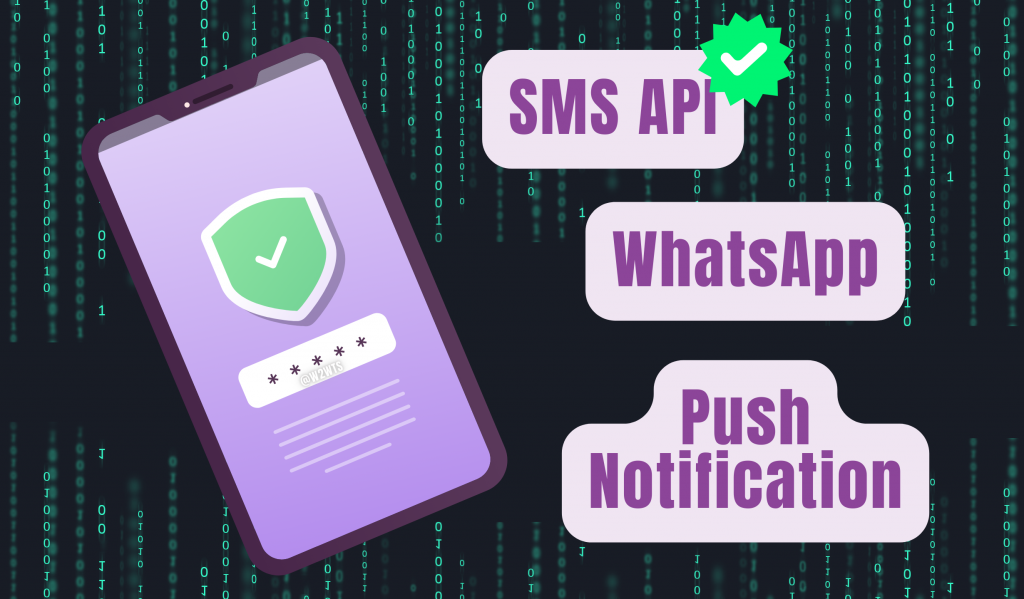
SMS API
SMS API is one of the oldest and most widely used communication channels for mobile phone number verification. SMS APIs work by sending a verification code to the user’s phone number. The user then enters the code into the application or website, and the verification process is completed.
SMS API is an effective method for mobile phone number verification because it has a high deliverability rate. SMS messages are delivered to the user’s phone almost instantly, and the user is more likely to receive and read an SMS message than an email or push notification. Additionally, SMS messages are compatible with all mobile phones, regardless of the operating system.
Moreover SMS is the only technology which can validate recipient mobile number with 100% accuracy where as WhatsApp notifications or Push Notifications may get delivered on other devices with different mobile number active or on inactivate mobile device and this may lead to fraud usage of business applications.
However, SMS API has some limitations. SMS messages are not as interactive as other communication channels such as WhatsApp or Push Notification, which can limit the user experience.
WhatsApp API
WhatsApp API is a relatively new communication channel for mobile phone number verification. WhatsApp is a popular messaging app that is used by millions of people around the world. WhatsApp API works by sending a verification message to the user’s phone number through WhatsApp. The user then responds to the message with a verification code, and the verification process is completed.
WhatsApp API has several advantages over SMS API. WhatsApp messages are more interactive and can include multimedia such as images and videos. Additionally, WhatsApp has end-to-end encryption, which provides an extra layer of security for the verification process. WhatsApp messages are also more likely to be read and responded to by users, as they are already using the app for messaging.
However, WhatsApp API has some limitations. WhatsApp is not as widely used as SMS, and not all users may have WhatsApp installed on their phones. Additionally, WhatsApp messages are not compatible with all mobile phones, particularly older models.
Push Notification API
Push Notification API is another communication channel for mobile phone number verification. Push notifications are messages that are sent directly to the user’s phone, even when the application or website is not in use. Push Notification API works by sending a verification message to the user’s phone as a push notification. The user then responds to the message with a verification code, and the verification process is completed.
Push Notification API has several advantages over SMS and WhatsApp. Push notifications are more interactive than SMS messages, and they can include multimedia such as images and videos. Additionally, push notifications are delivered directly to the user’s phone, even when the application or website is not in use. This ensures that the user will receive the message almost instantly, and they are more likely to read and respond to the message.
However, Push Notification API has some limitations. Push notifications are not compatible with all mobile phones, particularly older models. Additionally, push notifications can be intrusive, and users may choose to disable them on their phones.
Conclusion
In conclusion, all three communication channels, SMS API, WhatsApp API, and Push Notification API, are effective methods for mobile phone number verification. Each has its own advantages and limitations, and the choice of which to use will depend on the specific needs of the business or industry. But we recommend to use SMS for all your mobile number verification requirements to make sure the recipient mobile number is valid and active at time of verification SMS Sent.
If the business requires a high deliverability rate and compatibility with all mobile phones, SMS API may be the best choice. If the business requires a more interactive and secure verification process, and if the target audience is already using WhatsApp, WhatsApp API may be the best choice. Finally, if the business requires a more immediate and interactive verification process, Push Notification API may be the best choice.
Ultimately, the choice of which communication channel to use for mobile phone number verification will depend on the specific needs and goals of the business or industry. It is important to consider the advantages and limitations of each communication channel, as well as the target audience and the user experience.
At W2WTS, we provide a range of communication services, including Secure SMS API, WhatsApp API, and Push Notification API. Our goal is to help businesses and industries implement an effective and secure mobile phone number verification process, tailored to their specific needs and requirements. Contact us today to learn more about our services and how we can help you improve your mobile phone number verification process.

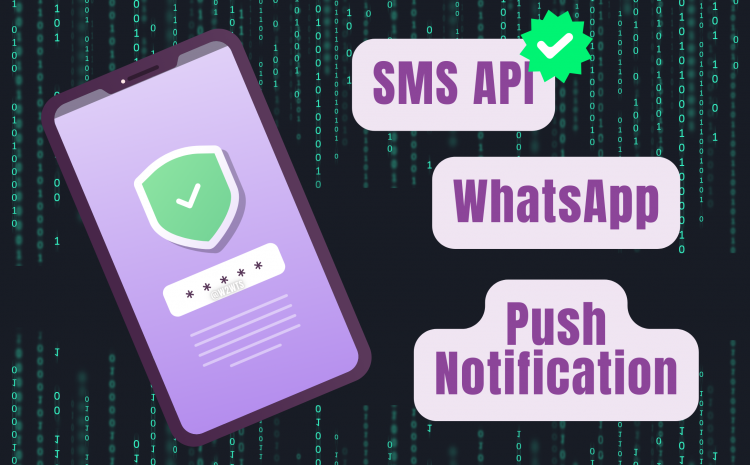
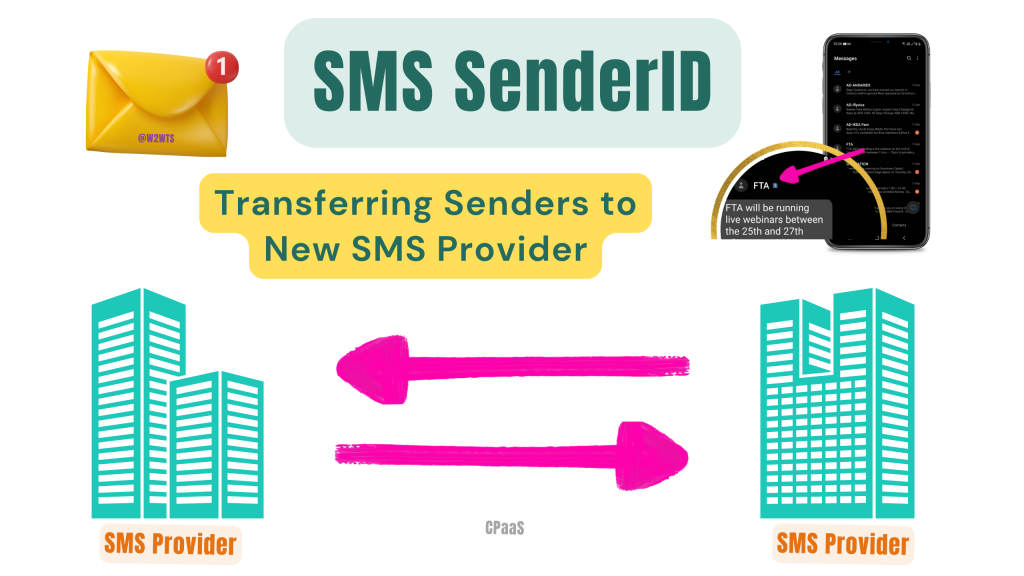
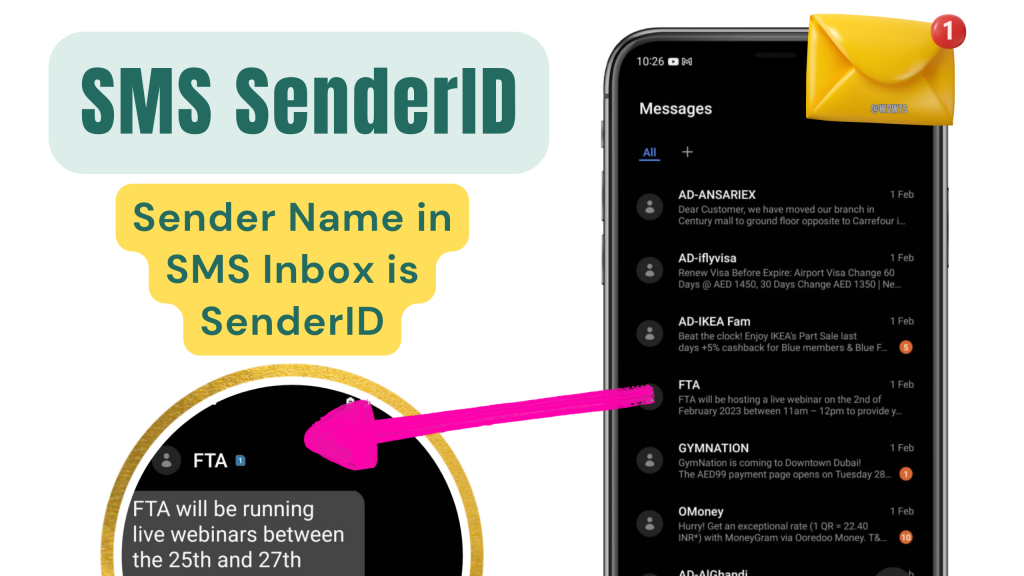
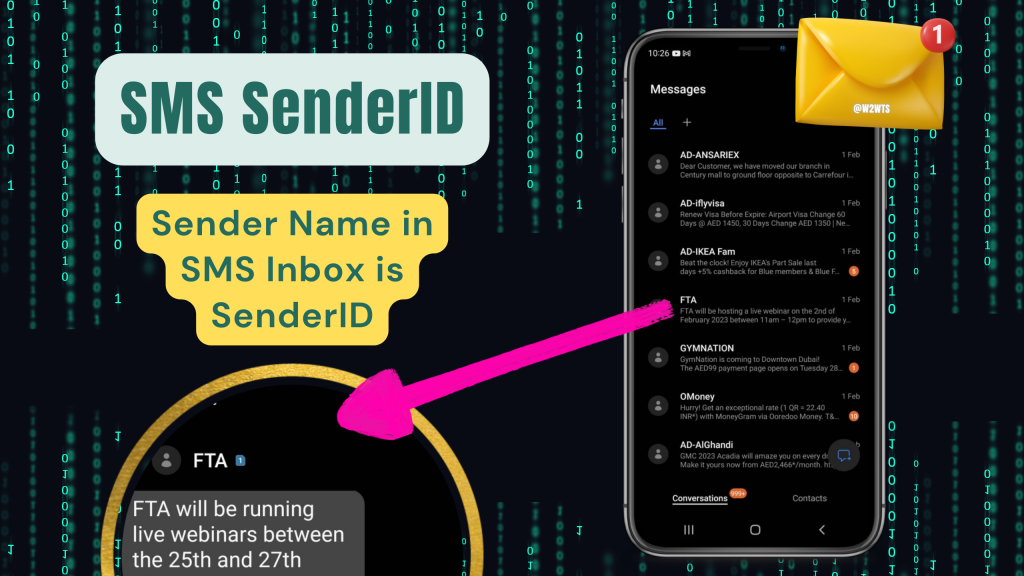
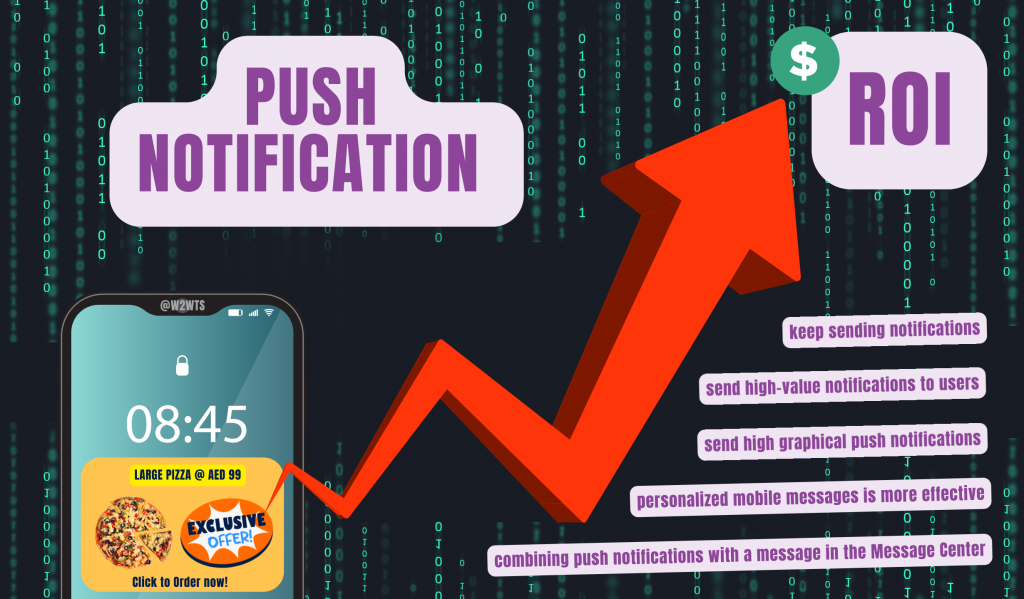
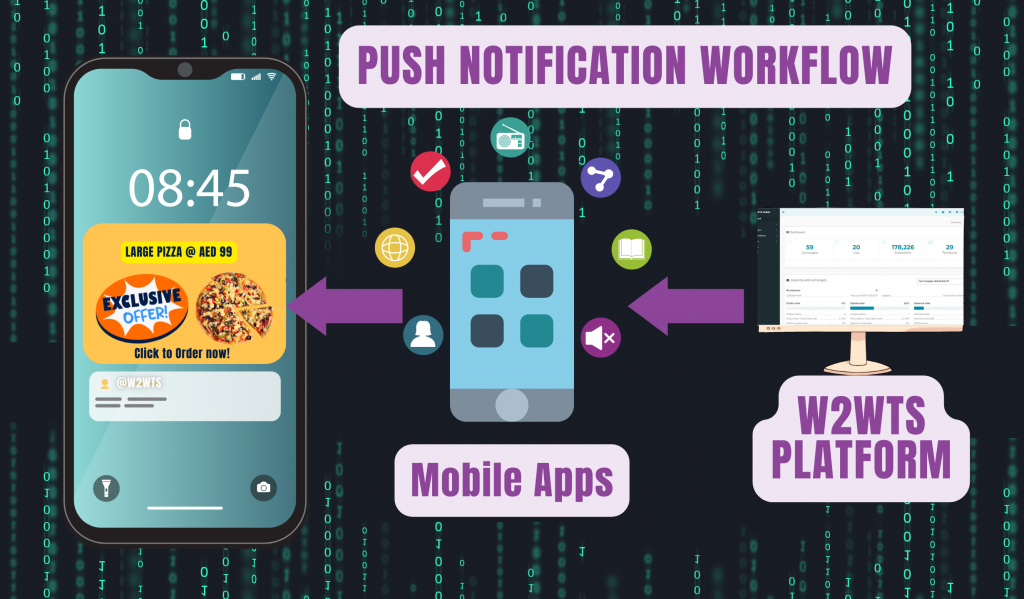







Write a Comment